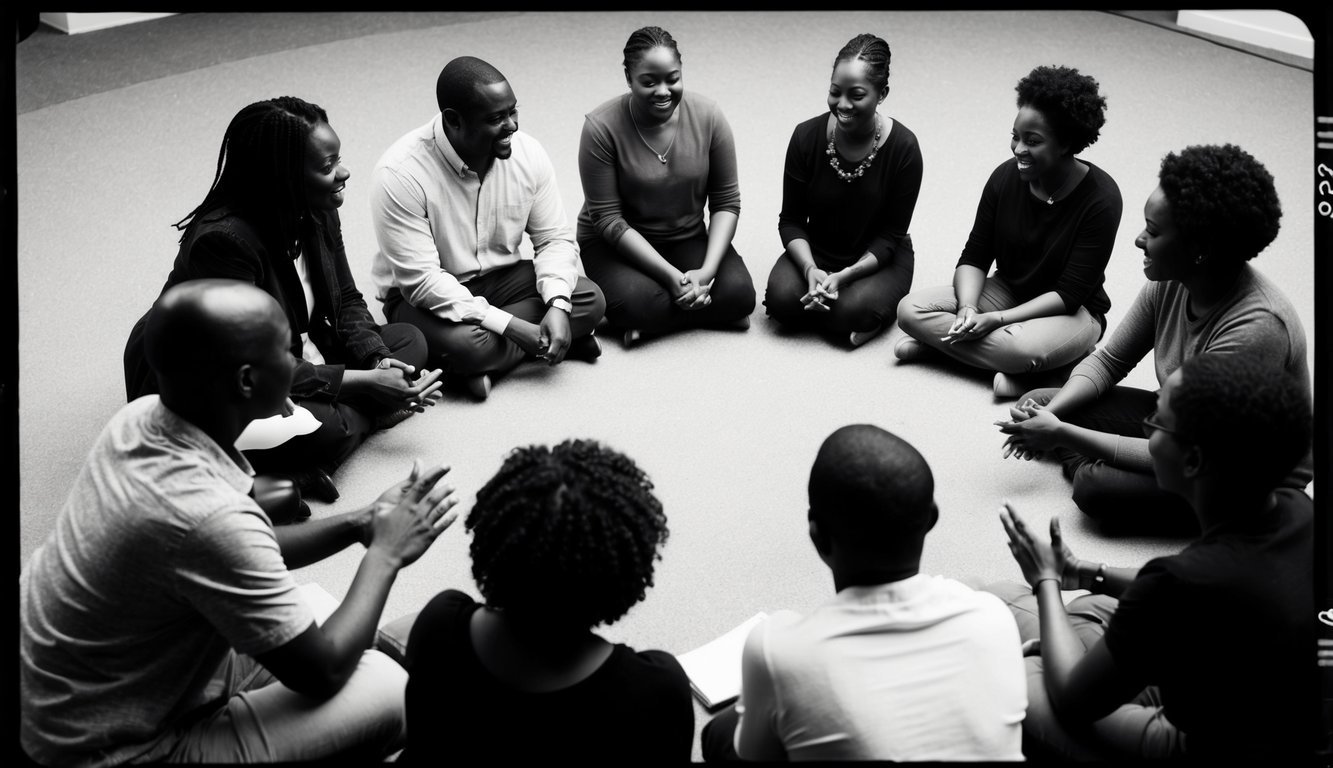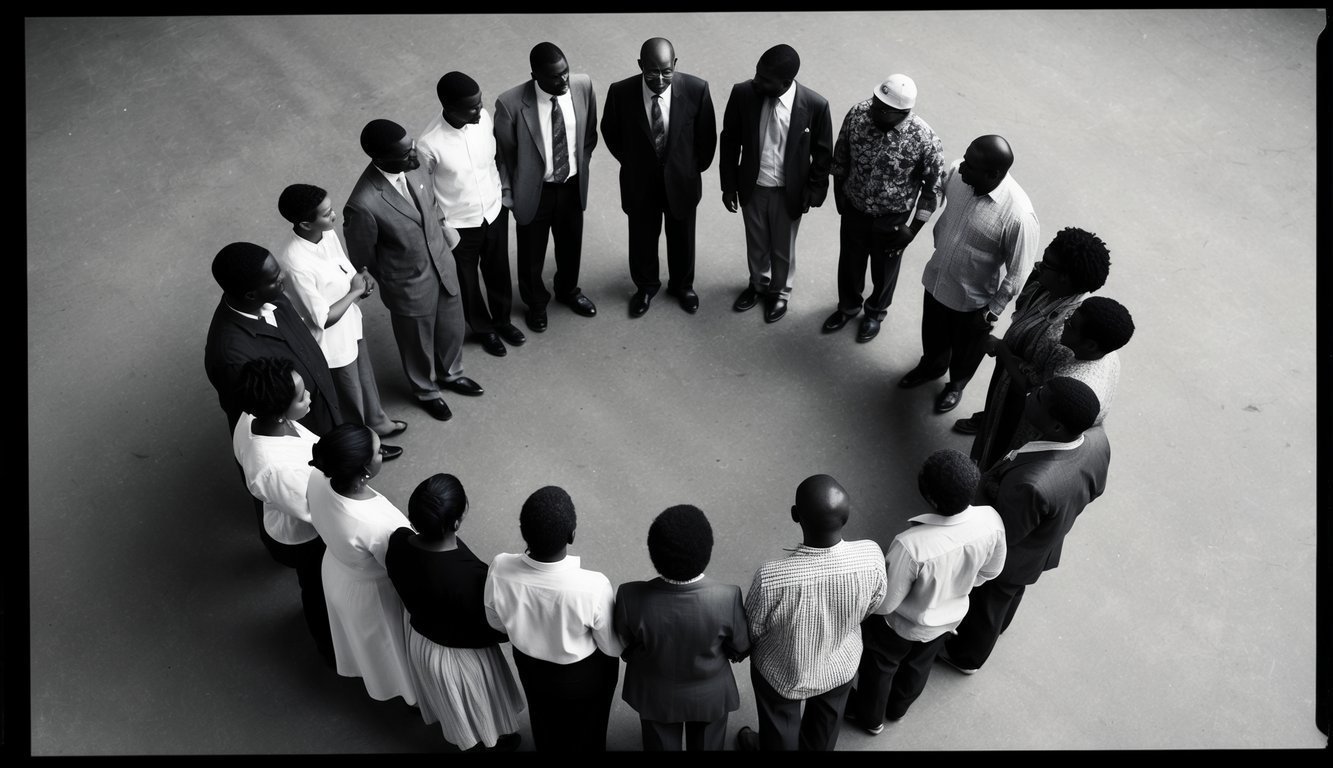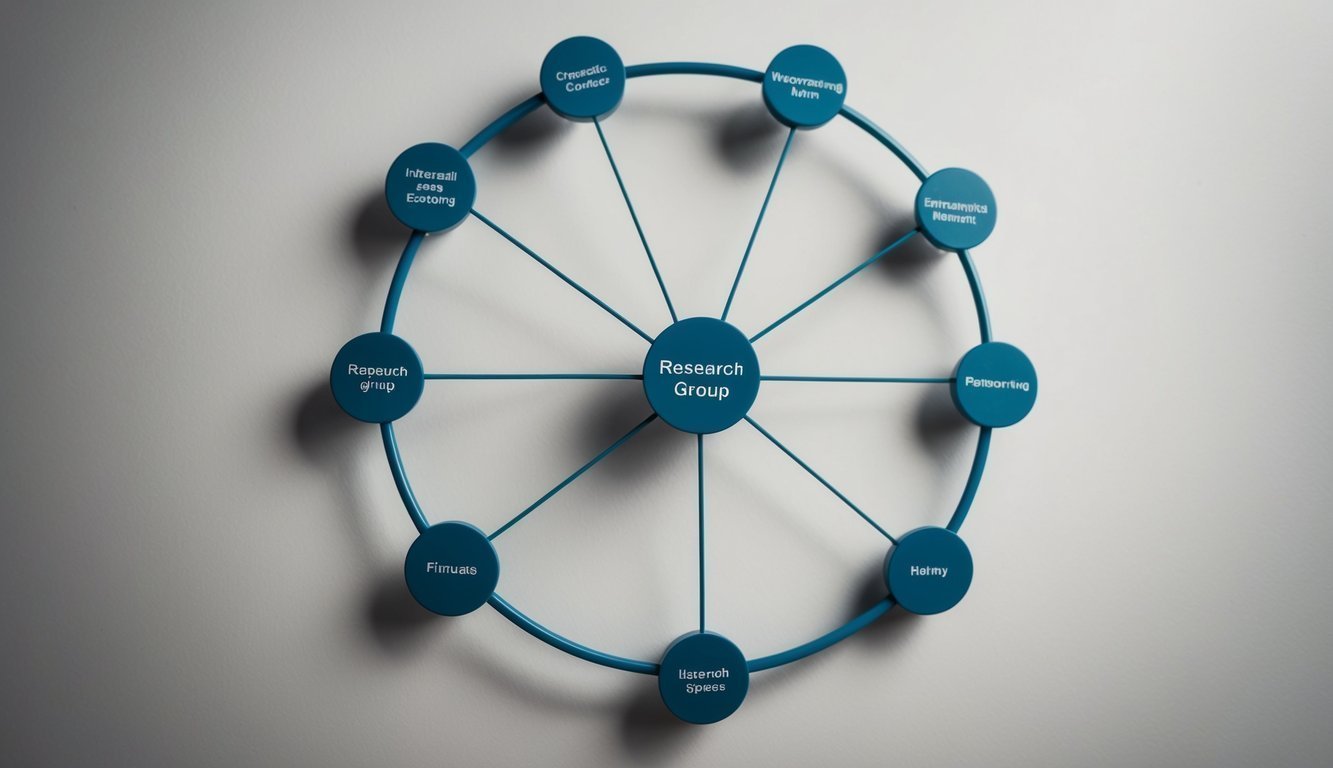PsychNewsDaily Publishers
100 Summit Drive
Burlington, MA, 01803
Telephone: (320) 349-2484
PsychNewsDaily Publishers
100 Summit Drive
Burlington, MA, 01803
Telephone: (320) 349-2484
Group dynamics encompass interactions, behaviors, and processes within groups, influencing their formation, development, communication styles, decision-making methods, and overall performance and satisfaction.

Group dynamics refer to the interactions, behaviors, and processes that take place within and among groups. These dynamics fundamentally influence how groups form, develop, and operate over time.
Group dynamics encapsulate the various forces and processes at work in a group context, encompassing communication styles, decision-making methods, and power dynamics.
Groups are more than mere aggregates of individuals; they represent distinct entities with unique traits and behaviors.
The field of group dynamics investigates how individuals interact in group settings and how these interactions affect group results. This discipline delves into concepts like group cohesion, social influence, and leadership.
Researchers in this field explore how groups are formed, how norms are established, and how conflicts are resolved. They also examine the effects of group size, makeup, and structure on performance and member satisfaction.
The formal study of group dynamics started in the mid-20th century, with Kurt Lewin often hailed as the father of social psychology, significantly contributing to the establishment of this field.
Lewin’s research during the 1930s and 1940s set the groundwork for comprehending group behavior and processes, highlighting the significance of analyzing groups in their natural settings.
Group dynamics research gained momentum during World War II, as military psychologists studied team effectiveness and leadership under extreme conditions.
After the war, scholars like Muzafer Sherif and Solomon Asch conducted pioneering experiments on group influence and conformity, demonstrating the substantial effects of group pressure on individual actions.
The 1960s and 1970s marked a pivot toward organizational psychology, with focus on how group dynamics impacted workplace productivity and satisfaction.
Bruce Tuckman’s 1965 model of group development remains a key reference in the field. It identifies four primary stages: forming, storming, norming, and performing.
Subsequent research introduced a fifth stage, “adjourning,” to capture the disbanding of groups.
This model serves as a framework for comprehending how groups progress through various phases, aiding in the anticipation of challenges at each stage of development.
Recent investigations have built on Tuckman’s framework, examining elements that affect advancement through these stages, including group composition, leadership style, and external pressures.

Groups operate through intricate dynamics that influence member behaviors and outcomes. These mechanisms involve communication styles, leadership roles, and psychological processes that shape individual and collective actions.
Group interaction encompasses the exchange of information and ideas among members. Communication networks can function in various forms, such as centralized, decentralized, or all-channel structures.
Centralized networks tend to facilitate quicker problem-solving, but they may restrict participation. Conversely, decentralized networks encourage greater involvement but can slow down decision-making.
The approach to collaboration can also significantly influence group dynamics. Some groups prioritize consensus-building, while others depend on majority rule or expert opinions. The selected method can affect member satisfaction and the quality of outcomes.
High-functioning groups often establish norms for respectful communication and active listening, fostering a supportive environment for diverse viewpoints to be expressed and acknowledged.
Leadership is integral to group dynamics. Various leadership styles can profoundly affect group processes and outcomes:
The choice of leadership style typically hinges on the group’s tasks, composition, and objectives. Effective leaders adjust their strategies to meet the situation and group requirements.
Group decision-making processes can vary broadly. Common methods include:
Each method has distinct advantages and disadvantages, which influence the quality of decisions and member satisfaction.
Social influence within groups can lead to conformity, whereby individuals adjust their behaviors or beliefs to align with the majority. This can result from normative influence (the desire for acceptance) or informational influence (the belief that others possess correct information).
Persuasion strategies such as reciprocity, social proof, and authority can impact group opinions. Proficient communicators often utilize these techniques to sway group decisions.
Groupthink occurs when the pursuit of consensus leads to impaired decision-making. Indicators of groupthink include:
To mitigate groupthink, it is beneficial for groups to encourage dissenting views, involve external experts, and employ structured decision-making processes. Such strategies foster critical analysis and enhance outcome quality.

Both group cohesion and behavioral dynamics are essential in determining team performance and effectiveness. Elements such as trust, shared norms, and conflict resolution skills significantly influence a group’s capacity to collaborate effectively and reach common objectives.
Trust serves as a cornerstone for group cohesion. Teams with high trust levels typically engage in more open communication, take prepared risks, and support each other’s initiatives. To cultivate trust, team members should:
Diversity within teams can foster creativity and improve problem-solving. However, this diversity may initially lead to challenges in cohesion. Leaders should promote inclusive practices and underscore the significance of varied perspectives to reinforce group connections.
Group norms and values influence the behaviors of individuals within a team. These shared expectations and beliefs shape:
Clearly defined and mutually accepted norms create unity and purpose. Teams should periodically revisit and adjust their norms to ensure alignment with organizational objectives and shifting group dynamics.
Conflict is an inevitable part of group settings, but its management determines its effects on team cohesion and effectiveness. Effective conflict resolution strategies involve:
Teams that address conflicts constructively often find increased cohesion and enhanced problem-solving abilities. By viewing disagreements as opportunities for growth, groups can strengthen their relationships and boost overall performance.

Group dynamics are significantly shaped by cultural aspects and structural components. These influences dictate member interactions, decision-making practices, and the achievement of collective goals.
Cultural diversity plays a crucial role in shaping group dynamics. Diverse groups combine individuals with different perspectives, experiences, and values, which can enhance creativity and problem-solving, though it may also lead to misunderstandings or conflicts.
Equity ensures fair treatment and equal opportunities for all group members. It involves addressing power imbalances and structural barriers that may disadvantage specific individuals or subgroups.
Inclusion practices cultivate a sense of belonging and respect among all group members. Inclusive groups actively invite and value diverse opinions, fostering an environment where everyone feels empowered to contribute.
Psychological studies indicate that diverse, inclusive groups frequently outperform homogeneous ones in tackling complex tasks. However, achieving genuine inclusion necessitates ongoing commitment and awareness from group leaders and members alike.
Formal structures within groups comprise defined roles, hierarchies, and protocols. These elements provide clarity and organization but can sometimes constrain flexibility and spontaneity.
Informal structures arise from social interactions and relationships within the group. These unofficial networks often wield considerable influence over group dynamics and decision-making processes.
Optimal groups achieve a balance between formal and informal structures. While formal structures promote accountability and clear communication pathways, informal ones enhance trust and information sharing.
Studies in organizational behavior emphasize the necessity of aligning formal structures with group objectives and cultural norms. Groups that successfully integrate both aspects typically exhibit higher cohesion and productivity.

Research on group dynamics has made notable advancements in deciphering collective behaviors and outcomes. Current trends focus on evaluating group efficacy and exploring novel theoretical frameworks.
Researchers have developed advanced techniques to measure collective efficacy and group performance, analyzing communication patterns and social relationships.
New assessment methodologies explore how self-regulation influences group outcomes, assessing how well members synchronize their efforts and adapt to challenges.
Real-time data collection processes are now being implemented to document dynamic group functions, offering a more thorough understanding of how collective efficacy develops over time.
Research is increasingly focused on the relationship between group socialization and performance, investigating how new members assimilate and impact established group dynamics.
Novel theories in group dynamics explore the interaction between individual and collective behaviors, aiming to clarify how personal traits shape group dynamics.
Emerging conceptual frameworks incorporate insights from neuroscience and cognitive psychology to examine how cognitive processes affect group decision-making and problem-solving.
Predictive models are being developed to forecast group outcomes influenced by initial conditions and member attributes, yielding practical applications in team formation and management.
Future investigations are expected to delve into the effects of virtual and hybrid work settings on group dynamics, informing best practices for remote collaboration and team development.
“`